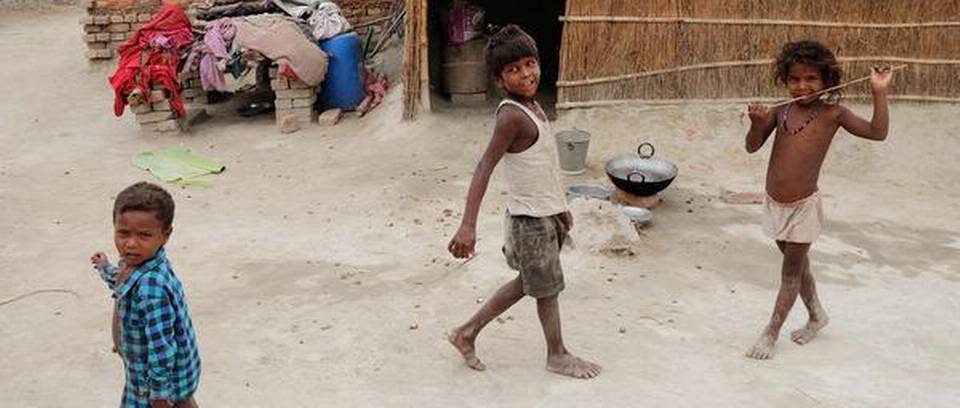Bihar Anganwadi Vacancy 2020: Apply Online for Anganwadi Sevika and Sahaika Posts.
Source – jagranjosh.com Bihar Anganwadi Vacancy 2020: Integrated Child Development Services (ICDS), Bihar has invited applications for the recruitment of Aanganwadi […]

